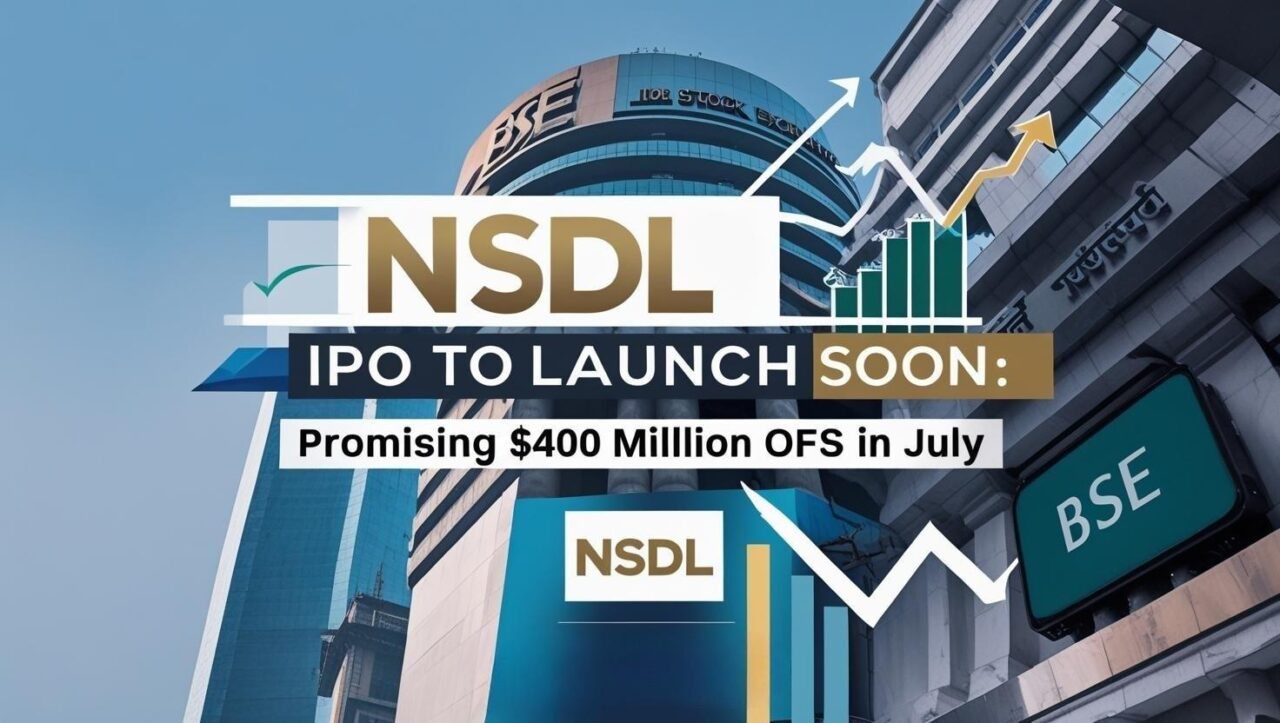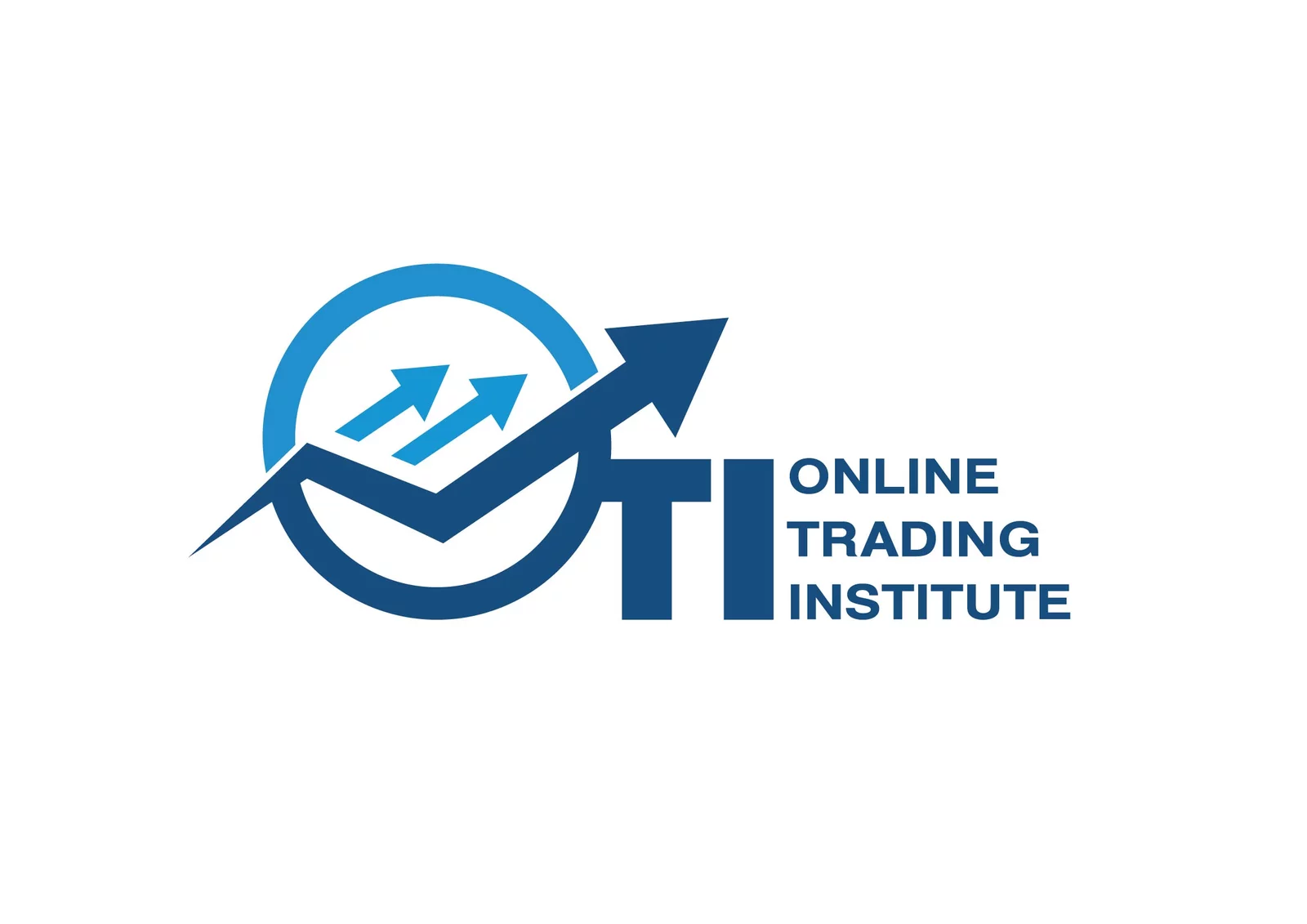NSDL IPO to Launch Soon: The highly-anticipated NSDL IPO listing is now expected to hit the markets as early as July 2025, according to a Bloomberg report. This public offering, poised to raise $400 million, will be a complete Offer for Sale (OFS) by existing shareholders, making it one of the most awaited listings of the year for Indian investors.

What Makes NSDL IPO Unique?
Established in 1996, the National Securities Depository Limited (NSDL) was India’s first electronic securities depository and remains a crucial market infrastructure institution. With assets under custody exceeding ₹400 lakh crore, NSDL holds a dominant position in the financial ecosystem, handling millions of demat accounts and enabling seamless stock market transactions.
Also Read: Adani Group Accelerates $100 Billion Growth Plans, Eyes 2027 Airport Listing
The entire IPO will be an OFS of 50.1 million shares, with key promoters like IDBI Bank, National Stock Exchange (NSE), and State Bank of India (SBI) offloading part of their holdings. Importantly, NSDL itself will not receive any IPO proceeds.
Key Stat: NSDL’s IPO size is pegged at $400 million (~₹3,300 crore), with no fresh equity issuance.
Financial Performance: Solid Growth Ahead of IPO
For the March 2025 quarter, NSDL reported a 4.77% YoY increase in consolidated net profit, clocking ₹83.3 crore, up from ₹79.5 crore in Q4 FY24. Its total income rose 9.94% to ₹394 crore from ₹358 crore in the same period last year.
For the full fiscal year FY25, the company posted:
-
Net Profit: ₹343 crore (↑24.57% YoY)
-
Total Income: ₹1,535 crore (↑12.41% YoY)
These numbers reflect consistent growth, making the depository a fundamentally strong candidate for listing. Analysts expect the strong margin profile and stable income stream to make it attractive to long-term investors.
Industry Impact: Comparing with CDSL’s Success Story
The NSDL IPO marks India’s second depository to go public, following the listing of Central Depository Services Ltd. (CDSL) in 2017. Since its IPO, CDSL has delivered multi-fold returns, riding on India’s retail investor boom and rising demat account numbers.
While CDSL focuses more on retail, NSDL’s strength lies in its institutional and high-value assets. This gives it a complementary positioning rather than direct competition.
Market View: “NSDL brings long-term credibility, and with financials in good shape, it could mirror or even surpass CDSL’s IPO journey.”
Also Read: ₹12,500 Cr HDB Financial IPO: India’s Next Big NBFC Bet in 2025
Who’s Selling? IDBI, NSE, and SBI to Partially Exit
The NSDL IPO will offer a partial exit to some of India’s largest financial institutions:
-
IDBI Bank
-
National Stock Exchange (NSE)
-
State Bank of India (SBI)
This divestment is part of the government’s and promoters’ long-term plan to unlock value and bring greater transparency to the market infrastructure segment. Notably, ICICI Securities, Axis Capital, HSBC Holdings, and IDBI Capital are the lead managers for the offering.
What’s Next for Investors?
With SEBI approval already in place since October 2024, NSDL is now in the final stages of launching its IPO. If market conditions remain stable, the issue could open as early as mid-July 2025.
Retail investors and institutional funds are expected to show significant interest due to:
-
The company’s near-monopoly status
-
Strong earnings growth
-
Favorable regulatory environment
-
Comparisons with CDSL’s post-IPO rally
Investors should watch for the RHP filing, price band announcement, and anchor investor allocation in the coming weeks.
Final Take: Is the NSDL IPO Worth It?
The upcoming NSDL IPO listing offers exposure to a mission-critical financial institution with robust fundamentals and wide industry relevance. Although it’s a full OFS and NSDL won’t raise fresh capital, the market visibility, trust factor, and business strength make this IPO one to watch closely.
If priced reasonably and backed by strong demand, NSDL could easily become a long-term wealth creator, just like its peer CDSL.
Click Here for more IPO updates.
Disclaimer: The views and investment insights provided here are based on publicly available information and do not constitute financial advice. Readers are advised to conduct their own research or consult certified financial experts before making investment decisions.
